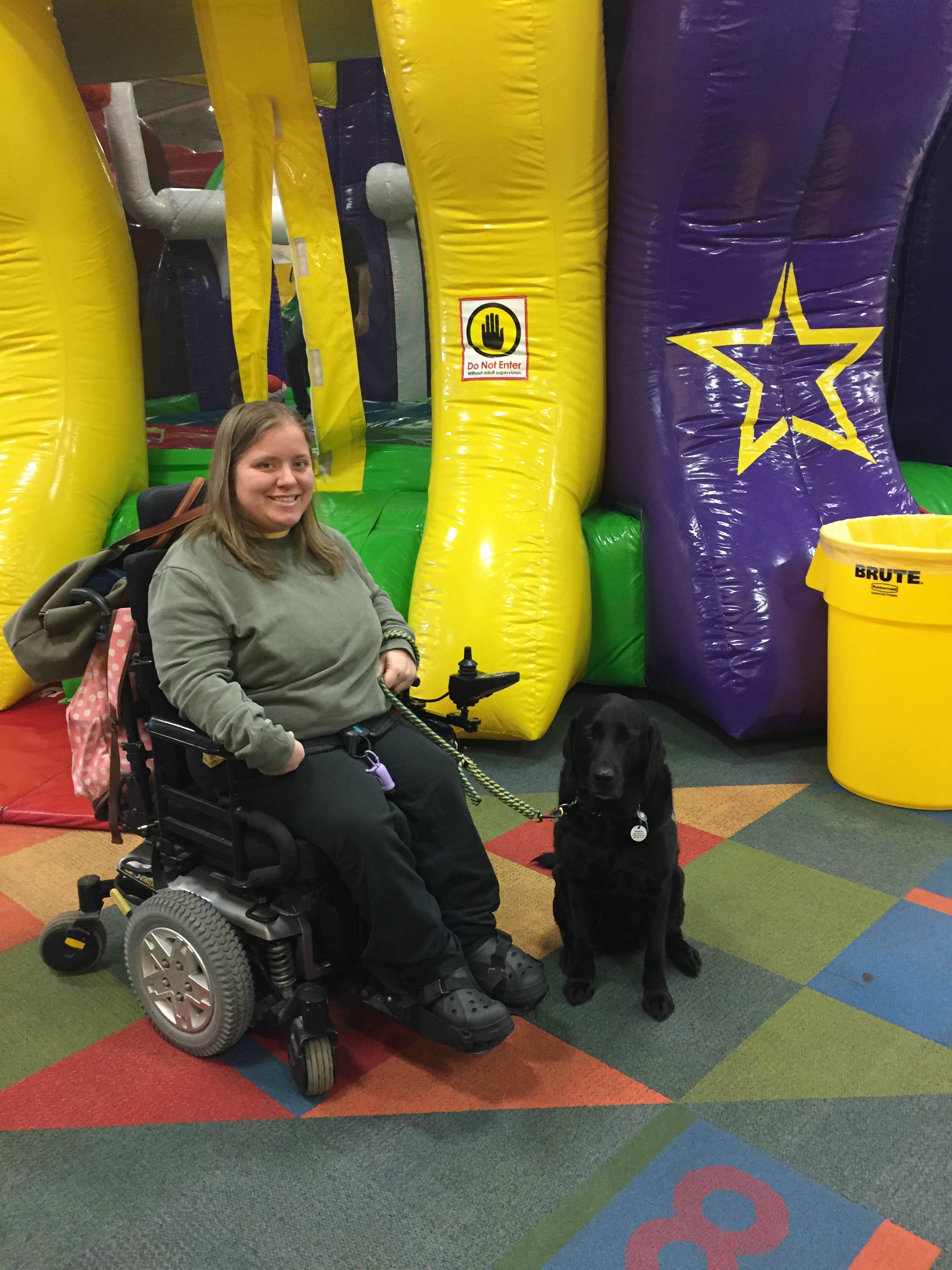Tip #1: Education is key
Cerebral Palsy (CP) refers to a group of neurological disorders that appear in infancy or early childhood and permanently affect body movement and muscle coordination. Cerebral Palsy is caused by damage to or abnormalities inside the developing brain that disrupt the brain’s ability to control movement and maintain posture and balance. The term cerebral refers to the brain; palsy refers to the loss or impairment of motor function. Cerebral Palsy affects the motor area of the brain’s outer layer (called the cerebral cortex), the part of the brain that directs muscle movement. In some cases, the cerebral motor cortex hasn’t developed normally during fetal growth. In others, the damage is a result of injury to the brain either before, during, or after birth. In either case, the damage is not repairable and the disabilities that result are permanent.
The symptoms of Cerebral Palsy differ in type and severity from one person to the next, and may even change in an individual over time. Symptoms may vary greatly among individuals, depending on which parts of the brain have been injured. All people with Cerebral Palsy have problems with movement and posture, and some also have some level of intellectual disability, seizures, and abnormal physical sensations or perceptions, as well as other medical disorders. People with Cerebral Palsy also may have impaired vision or hearing, and language, and speech problems.
Tip #2: Please Ask
Most people with Cerebral Palsy would rather have you ask intelligent questions to their face rather than whispering and pointing. Throughout my 27 years on this planet, I have been asked just about every question imaginable. No question is "stupid" or too obvious.
Tip #3: Things can be hard, but that’s okay
I was born prematurely along with my twin brother. The questions I get asked most frequently is "don't you wish you weren't in a wheelchair?" The short answer is, no. Now, are there some things that I would change? Absolutely. For example, living with Cerebral Palsy leaves me with a weak bladder and even with the help of medication I constantly have to use the restroom. Even when I have to go to the bathroom it's not always an option for me. I have a personal care service that comes in helps me in the restroom but they are unable to come 24 hours a day. I thought about when living in a situation where 24 hour care is available but to be honest I'd rather put up with these challenges and be able to live independently on my own. Other than that, I wouldn't change much about my current situation. It’s frustrating sometimes but it is also made me who I am today.
Tip #4: If I need help I will ask
Speaking from my own personal experience I want to do as much of my own as possible. If I need help with something I will ask. It might take me a little bit to reach something off of a grocery store shelf or clean my room but I want to do those things for myself even if it might make somebody else feel uncomfortable watching me struggle. Other times people want to step in because it would be faster and move things along. It may take a little bit longer but I will get the job done and I will get it done similarly to an able-bodied person but I might have to go about it in a different way. Feeding and walking my service dog can be a challenge for me so I ask for help. For example, Harkin’s dog food is put in an area where I'm able to reach it and put it in a bowl myself. Also, If you think a service dog team needs help, ask before acting. Grabbing the service dog's leash or harness from the handler without permission may cause the dog — and the handler — to become confused or upset. Also, do not take it personally if the service dog handler rejects your offer of help. We can do it.
Tip #5: Be your own best advocate
If I'm being honest, it wasn't until I reached my early 20s and moved out on my own for the first time that I realized my life wasn't going to be like everybody else's, there were going to have to be some modifications and some areas of my life are going to be different than your typical twentysomething. I think it took that long because my family, especially my Mom, never made me feel different, they never treated me any differently or had any different expectations, but I quickly realized that society does. Many people want to put labels on to you. It is up to the individual to show them that you can reach far outside the box, even if it is sometimes time consuming and uncomfortable along the way.
Tip #6: My service dog is working
When you see my service dog and I out and about in public, please understand that she’s doing vital work for me, even if she doesn’t “look like” she’s working to you. Just like when you’re working, she just wants (and needs) to be left alone to do her job. Personally, there are some exceptions, but always ask before approaching when in public.
Tip #7: Keep moving
Harkin has made a huge difference in my life, but I don’t always want to stop and talk to every single person who wants to ask me about her. Sometimes, I just want to run a quick errand and go home, just like you. Please keep in mind that almost every person who sees me out in public with my service dog wants to ask me about her job, her purpose, her name, her breed, where she was trained, what she does, how old she is, and a plethora of other questions. Please don’t be offended if I’m slightly short or dodge your questions about my service dog, Harkin or my wheelchair/diagnosis.
Tip #8: My service dog is happy
Please don’t tell me you “feel sorry” for Harkin because she has to work all the time. She’s incredibly loved and she does in fact enjoy “time off” so she can just be a dog. She does get to play and sometimes, when she’s off duty, she enjoys getting the “zoomies” and running around in massive circles. She’s well taken care of and she’s well-adjusted, highly trained, and well socialized.
Tip #9: Speak to us as a team
My service dog and I are a team and if you want to approach a service dog team, please speak to me first. Speaking, touching, or making rude noises to her may only confuse Harkin.
Tip #10: Everyone’s experience is unique
I don't know if and when I will get another service dog. Harkin is my first. According to the organization where I received Harkin, Canine Companions for Independence, the median age of a retired service dog is eight years old. Some dogs work longer, some dogs work less. My dog is now 6 1/2 years old. I'm not sure when she will retire. It is a personal choice but I don't think I will apply for another service dog to this organization until Harkin passes over the rainbow bridge. It is not something I like to talk about, but the short answer is that it costs to have one dog let alone two, and with hopes of living on my own sometime in the near future it is not cost that I can incur.


























